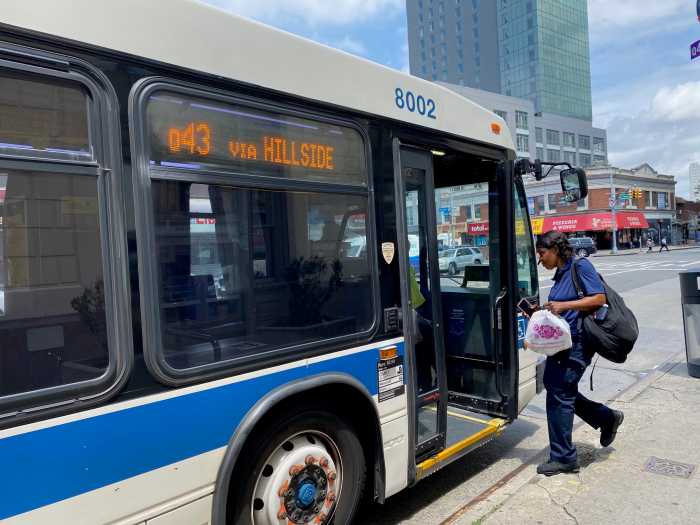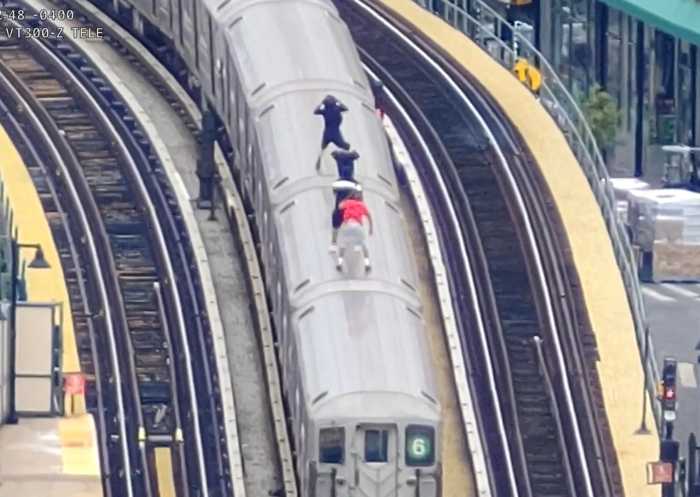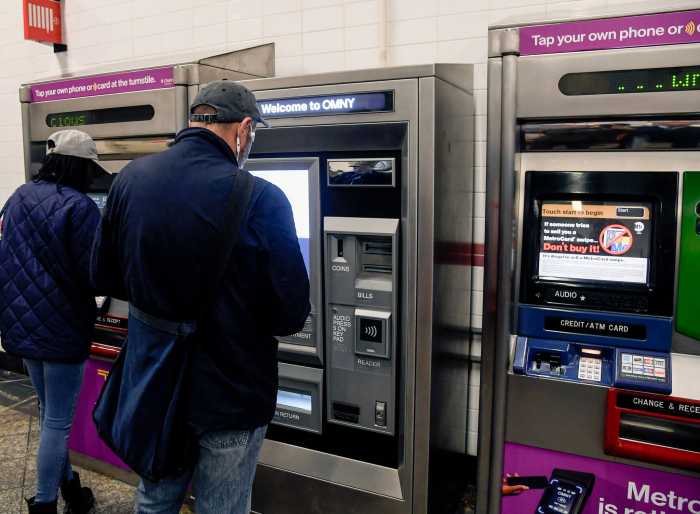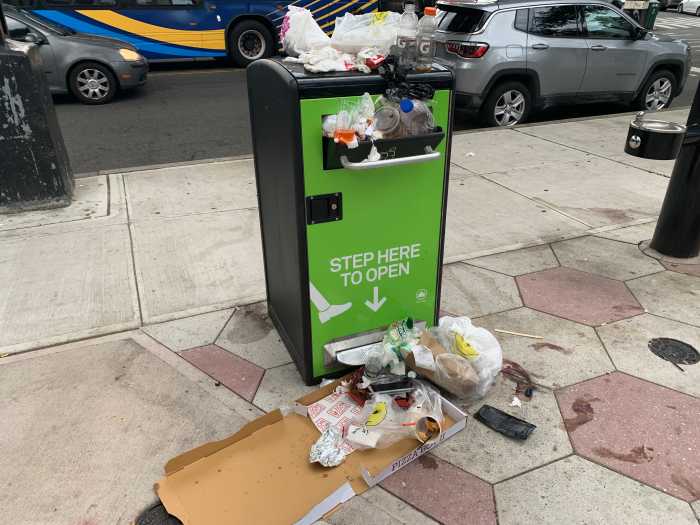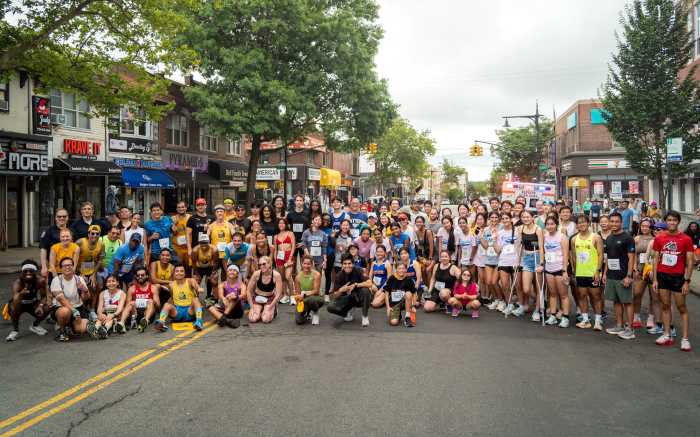
An L train tunnel shutdown would devastate northern Brooklyn’s economy, forcing companies to fire workers and break their leases, incensed small business owners and residents said at a Thursday meeting.
“I will have to shut down all of my businesses, relieve all of my employees and move, quite frankly, from Brooklyn,” said Thomas Dodd, the owner of the Bushwick-based company Brooklyn Fireproof.
A coalition to fight back against a tunnel shutdown gathered at the Brooklyn Bowl alley in Williamsburg. The group ranged from business owners and elected officials to commuters and associations like the Brooklyn Chamber of Commerce, which represents more than 2,100 companies.
The MTA is considering fully closing one half of the L train’s Canarsie Tube at a time to make Sandy repairs. A full tunnel shutdown would take 18 months, while one tube at a time would take three years, according to a spokesman. It’s not clear how long it would take if the MTA opted for just weekend repairs.
The tunnel was hit with 7 million gallons of salt water during Sandy. The R train’s Montague Tunnel, between Manhattan and Brooklyn, closed for 13 months and took in 27 million gallons during the storm.
About 225,000 weekday riders go between Brooklyn and Manhattan on the L train. The line’s total daily ridership is 300,000, according to the MTA.
Peter Levitan, who chairs the Real Estate Board of New York’s Brooklyn committee, said at the meeting that the vacuum of information from the MTA was already creating business woes.
“It’s important to look at the trouble it’s currently causing. I think there’s already been a lot of damage, just on the speculative nature of not knowing what’s going to be done,” said Levitan at the meeting. “I think the brokerage community has already seen a lot of businesses pulling out of deals, not being able to make decisions because they don’t know what is what.”
The meeting grew so heated that the group asked the MTA’s representative to leave when he did not answer questions about the plans being considered, or give more details on the Sandy damage.
“I am here primarily to listen. We don’t have a definitive plan yet that can be released to the public,” said Andrew Inglesby, who works in government and community relations for New York City Transit.
About twenty minutes into the meeting, Felice Kirby of Brooklyn Allied Bars & Restaurants asked him to leave.
“We politely asked him to go home and come back again with a readiness to give information and entertain dialogue,” said Kirby, who said she told him before the meeting she would ask him to leave if he did not have information.
MTA officials said Inglesby was invited to listen to the community during the planning meeting.
Northern Brooklyn state Sen. Martin Dilan said he was frustrated that he could not get information from the MTA about the potential closure and planned to get the governor involved, as well as the mayor. He also said he would urge a state board not to approve the MTA’s $29 billion capital plan, which pays for big projects like the Second Avenue Subway, until it gives information on the damage to the Canarsie Tube and the options it’s considering.
“They need to tell us the truth so we can understand the gravity of the situation, and then we move forward from there,” he said.
The MTA said in a statement that rider safety was its top priority, and that the tunnel must be repaired.
“As we have made clear both prior to and at the meeting, we are committed to maintaing a dialogue with the affected communities as we analyze the options,” said spokesman John McKay.
Arineh Havan, who runs the Grand Street Business Improvement District, was concerned about the impact and said she hopes the MTA will open up closed entrances on the G line before L train riders are displaced.
“We knew there were issues with the L train because of Hurricane Sandy,”she said. “Closing for one or three years would have a significant, negative impact on the business community. I just cannot wrap my head around it.”
A barista at Konditori in Williamsburg near the Bedford Avenue L stop said commuters provide the majority of their business.
“I can’t imagine Williamsburg without the L train,” said Filipa Avreu, 29, who also lives in Bushwick.
Others in northern Brooklyn were more optimistic.
“If they do shut down the tunnels, there will be a short-term effect,” said Alex Saltalamacchia, the senior managing director of the Williamsburg office for Citi Habitats. “Williamsburg is a worldwide brand, so in the long-term, it won’t be a problem.” (with Ivan Pereira)
The MTA is considering fully closing one half of the L trains Canarsie Tube at a time to make Sandy repairs.
-A full tunnel shutdown would take 18 months, while one tube at a time would take three years, according to a spokesman. It’s not clear yet how long repairs on just the weekend would take.



